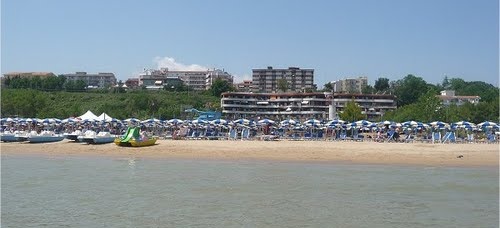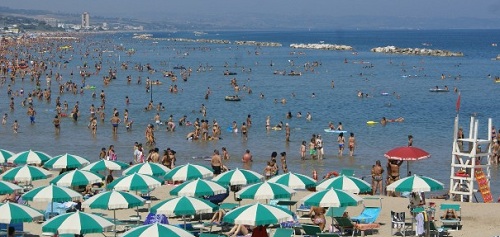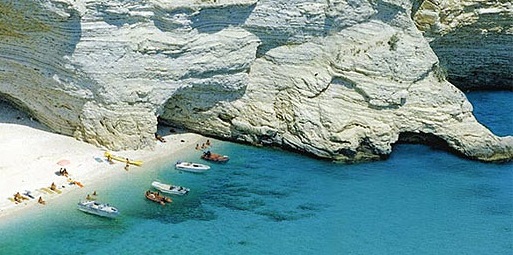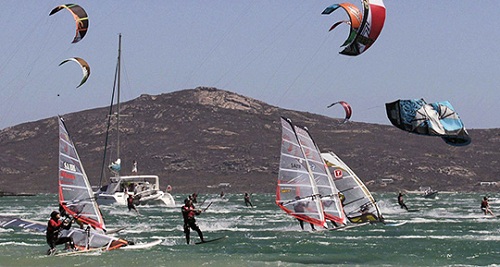
|
||||||||||||||||||||||||||||||||||||||||||||||||
|
|
Termoli
The ancient town centre stands on the top of a cape almost dropping into the sea. It is known as Borgo Vecchio (Old Village) and looks like a small fortified citadel, characterized by tiny squares and alleys; among them we can mention Vico II Castello, one of the narrowest alleys in Europe.
The inhabited centre was comprised within the ancient walls until 1847, when King Ferdinand of Bourbon gave the authorization to build on the outside. He ordered the construction of two streets, orthogonal to each other, Corso Nazionale (North-South direction) and Corso Umberto, marking the beginning of the modern history of Termoli.
In 412 AD. some inhabitants from the hinterland of Termoli took refuge on the near promontory in order to escape the Goth invasion. This site was named Tornola, recalling the original centre which was named Cliterniola. Some of the alleys and squares of the Borgo Antico have kept this name up to the present day.
In 568 AD. the Longobards founded the Duchy of Benevento and proclaimed Termoli County Chief town, thanks to its strategic position for the coastal defense. In order to protect the town, walls, a keep and eight battlemented turrets were built. Then Termoli passed from the Longobard rule to the Carolingian one (801-1030 AD.). Later, it became part of the Reign of Two Sicilies, governed first by the Normans and then by the Swabians. During the Swabian period the City walls and the castle were rebuilt and extended and there was an important weekly market held every Monday inside the walls. Both these initiatives are ascribed to Frederick Il. Later, the town-lost its importance because of the alternation of several of its rulers.
The first construction probably lies on the ruins of an ancient paga n building which, however, has not left any traces. On the contrary, there is clear evidence, represented by the circle of the three apsides and the floor mosaic, of a religious building existing before the present one, a Cathedral dedicated to Saint Mary dating back to the eleventh century. During the twelfth century, two earthquakes seriously damaged the "mosaic" Church thus they decided to build a new temple. The construction of the new church, attributed to Alfano from Termoli, started around the end of the century and was financed by some rich traders from Ravello. The Cathedral is subdivided into three naves by cross-shaped pillars and exhibits a truss cover in the central nave and crossing vaults in the aisles.
We are not certain about the origins of the castle. Some of its elements are recognized as typical of the Norman age, some others as Swabian. Its great height leads us to believe that the Castle was used as a sighting post and as a base for controlling the communication routes which connected Apulia, from North to South, and the road going to the inner part of Molise. During the Spanish domination, the Castle lost its function as a military fortress, thus new windows were opened and the existing slits were widened. We have little information about the following periods. Some sources say that the Castle was restored after the Turks' assault in 1566, as witnessed by the remains of frescoes dating back to the end of the sixteenth century.
Termoli is rapidly becoming one of the most important centres in the Molise. The latter region suffered from depopulation in the years after World War II and there has been a migration from the internal hill towns to the coastal resort. Its status as the pre-eminent resort site is now being challenged by Campomarino, about five kilometers southward. Within a radius of about twenty-five kilometers from Termoli travelers can reach the hill towns of Larino, Casacalenda, Montorio and Montelongo which preserve a way of life which is disappearing in other, more developed, parts of Italy.
Termoli beaches are attractive and not too much crowded. The beach of Rio Vivo, to the south of the town, is ideal for who like water sport and for lovers of the sail, thanks to a breadth of beyond 150 meters and to the special position that reduces the force of the waves. More of twenty fields of beach-volley, football and tennis are situated long all of the coast, giving occasions of daily and nocturnal fun to all, young, adults and children.
The beach of Sant' Antonio, to the north of Termoli is the traditional beach, perhaps also for the neighborhood with the Castle. The tourist has spacious possibility for fun, daily and nocturnal: seaside establishments, refreshing, bar and snack bars and, above all, the fantastic and clean sea, during the day. Relaxation and fun are the features of holidays in Termoli.
From Termoli depart the transport services to and from the Tremiti Islands, with several trips during the day.
Thanks to the numerous events, the "Estate Termolese" give the possibility of of a full immersion into summer: there are numerous festivals, concerts, theatrical shows, artistic shows that succeed continuously giving the possibility to discover the characteristic places of the town: the ancient borgo, the Cathedral and the Castle.
Local event : The feast of Saint Basso is based on a legend in which some fishermen found in the depths of sea, a sarcophagus made of marble with the mortal remains of Saint Basso. The feast in which participate all the community of fishermen, wants to be a request for protection against the sea risks and to bring good luck for the fishing. During the celebration, which lasts for three days, the most suggestive moment is the sea procession. The statue of the Saint is placed on a decorated fishing boat, that is chosen at random, and let to saint coasting the old part of Termoli escorted by a fleet of boats full of people. The statue of the saint is than made to parade along the narrow streets of the old fishing village and ends its journey at the Cathedral of Termoli.
Another tourist attraction during the three days is the “Incendio del castello” (middle of august) which represents a battle for the conquest of the old castle of Termoli which in the end is burnt.
Molise region | Province of Campobasso | City of Campobasso | City of Isernia | Acquaviva Collacroce | Agnone | Bojano | Capracotta | Castel San Vincenzo | Jelsi | Oratino | San Giuliano del Sannio | San Martino Pensilis | Scapoli | Sepino | Termoli | Venafro |
|

|
||||||||||||||||||||||||||||||||||||||||||||||
|
||||||||||||||||||||||||||||||||||||||||||||||||
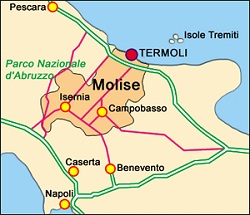 Termoli in the province of Campobasso, once known as a fishing port, has become a resort known for its beaches and old fortifications. The city was under the Lombard county until the arrival of the Normans, under which flourished and expanded.
Termoli in the province of Campobasso, once known as a fishing port, has become a resort known for its beaches and old fortifications. The city was under the Lombard county until the arrival of the Normans, under which flourished and expanded.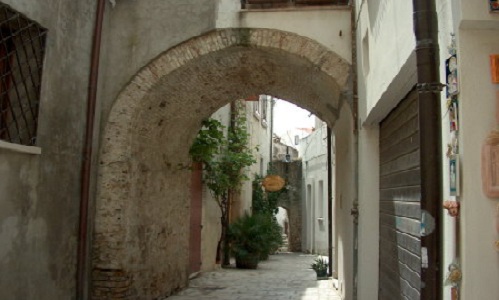
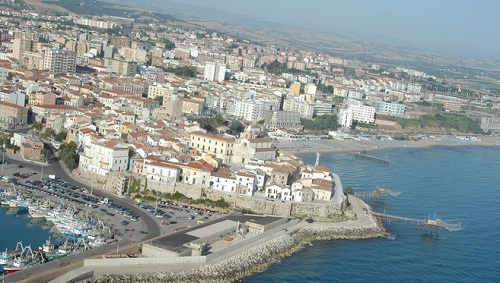
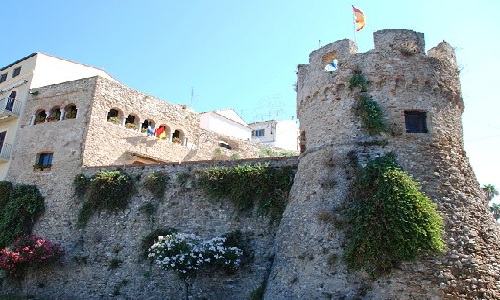
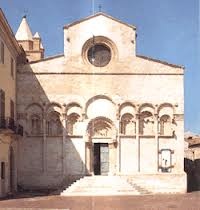 The Cathedral stands on the highest site of the Borgo Antico, in the place where the most ancient urban settlement was, as evident from some archeological relics dating back to the Bronze Age.
The Cathedral stands on the highest site of the Borgo Antico, in the place where the most ancient urban settlement was, as evident from some archeological relics dating back to the Bronze Age. 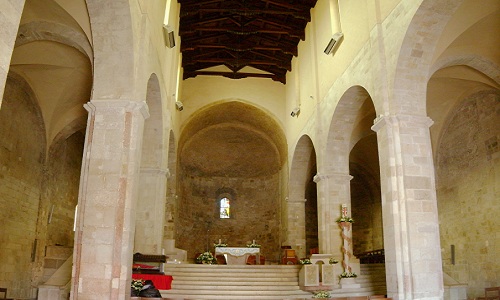
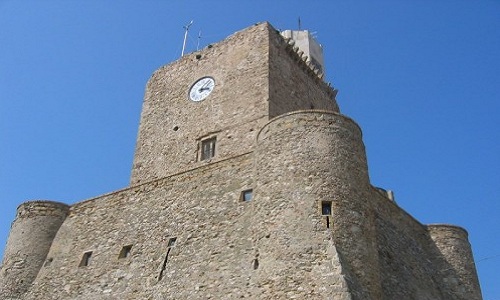
 Of all the Molise riviera, Termoli is the most important bathing tourist center, thanks to the beauty and clean beaches but also to the hotels and sport structures, always available.
Of all the Molise riviera, Termoli is the most important bathing tourist center, thanks to the beauty and clean beaches but also to the hotels and sport structures, always available. 